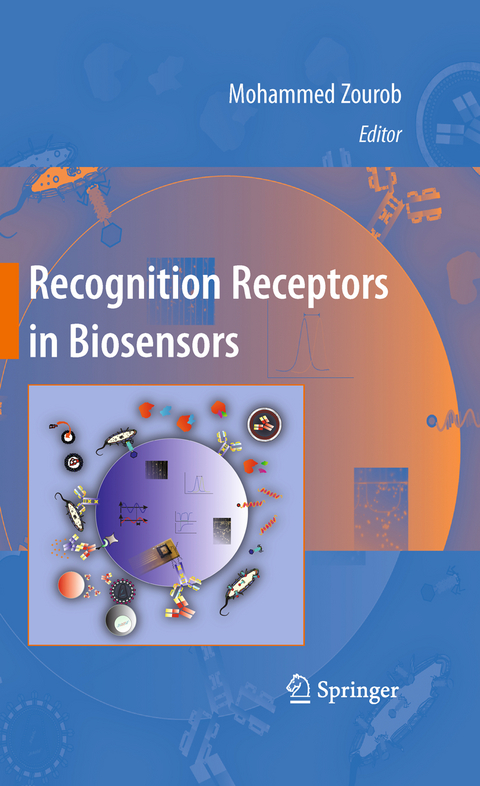
Recognition Receptors in Biosensors
Springer-Verlag New York Inc.
978-1-4939-3940-4 (ISBN)
Sensor Surface Chemistry and Receptor Immobilization.- Principles of Biomolecular Recognition.- Surface Sensitization Techniques and Recognition Receptors Immobilization on Biosensors and Microarrays.- Analytical Tools for Biosensor Surface Chemical Characterization.- Natural Recognition Receptors.- Enzyme for Biosensing Applications.- Antibodies in Biosensing.- Peptides as Molecular Receptors.- Carbohydrates as Recognition Receptors in Biosensing Applications.- Nucleic Acid Diagnostic Biosensors.- Tissue-Based Biosensors.- Biosensing with Plants: Plant Receptors for Sensing Environmental Pollution.- Bacteriophage-Based Biosensors.- Synthetic and Engineered Receptors.- Antibody Engineering for Biosensor Applications.- Genetically Engineered Proteins as Recognition Receptors.- Biosensing Systems Based on Genetically Engineered Whole Cells.- Photosynthetic Proteins Created by Computational and Biotechnological Approaches in Biosensing Applications.- Oligonucleotides as Recognition and Catalytic Elements.- Aptamers: Versatile Tools for Reagentless Aptasensing.- Phage Display Technology in Biosensor Development.- Molecularly Imprinted Polymer Receptors for Sensors and Arrays.- Biomimetic Synthetic Receptors as Molecular Recognition Elements.- Kinetics of Chemo/Biosensors.- Kinetics of Chemo/Biosensors.
| Erscheinungsdatum | 08.07.2016 |
|---|---|
| Zusatzinfo | XVI, 863 p. |
| Verlagsort | New York |
| Sprache | englisch |
| Maße | 155 x 235 mm |
| Themenwelt | Medizin / Pharmazie ► Physiotherapie / Ergotherapie ► Orthopädie |
| Naturwissenschaften ► Biologie ► Biochemie | |
| Naturwissenschaften ► Biologie ► Mikrobiologie / Immunologie | |
| Naturwissenschaften ► Chemie ► Organische Chemie | |
| Naturwissenschaften ► Physik / Astronomie ► Angewandte Physik | |
| Technik ► Medizintechnik | |
| Technik ► Umwelttechnik / Biotechnologie | |
| ISBN-10 | 1-4939-3940-8 / 1493939408 |
| ISBN-13 | 978-1-4939-3940-4 / 9781493939404 |
| Zustand | Neuware |
| Haben Sie eine Frage zum Produkt? |
aus dem Bereich


